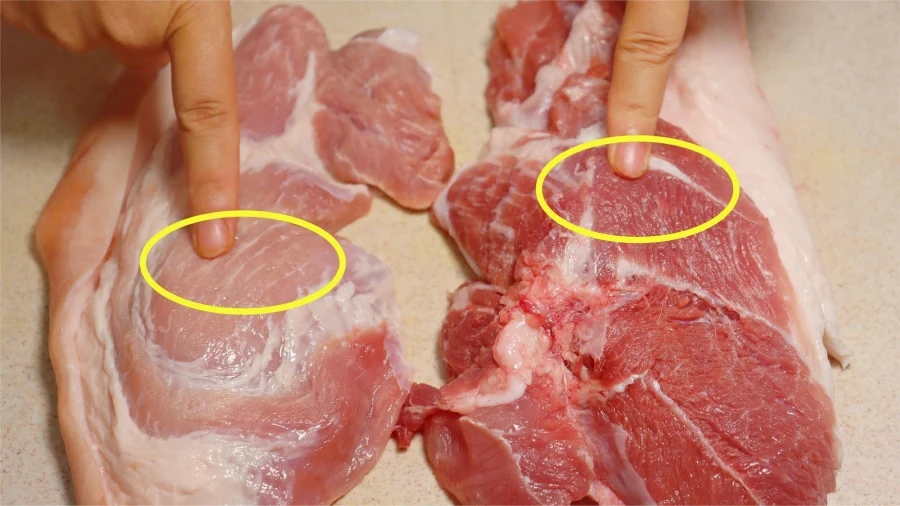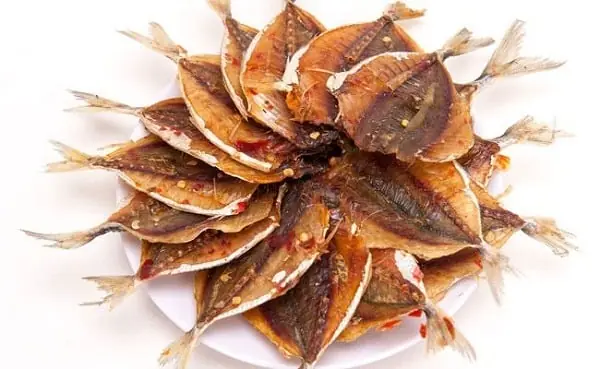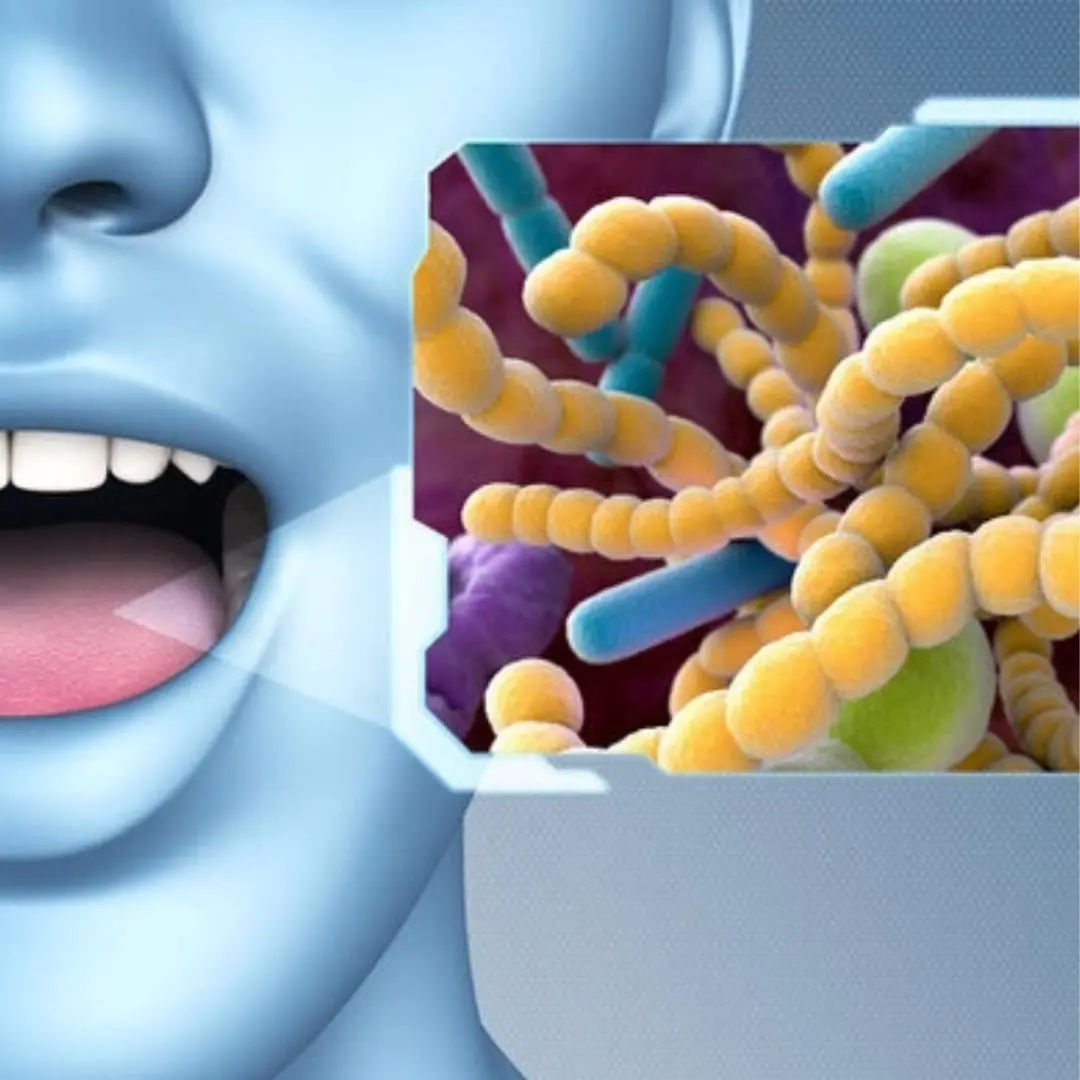
How to Identify Safe, Clean Pork in Just 1 Minute – Anyone Can Do It
How to Identify Safe, Clean Pork in Just 1 Minute – Anyone Can Do It
In today’s “maze” of contaminated food, knowing how to identify clean pork is not just a helpful skill—it’s a crucial way to protect your family’s health.
The Hidden Dangers of Consuming Pork from Sick Animals: Never Take Food Safety Lightly
Associate Professor Dr. Nguyễn Duy Thịnh, a leading expert in Biotechnology and Food Technology, warns: pork from sick or diseased pigs should never be consumed due to the serious health risks it poses—both immediate and long-term. While cooking can kill most bacteria and parasites such as tapeworms, some highly resistant bacterial strains can survive high temperatures and still cause infections when ingested.
One major example is Staphylococcus aureus, which can form heat-resistant spores that remain in meat even after thorough cooking. Once inside the body, these spores may develop into harmful bacteria causing gastrointestinal infections or even sepsis.
More alarmingly, some bacteria found in diseased pigs, like cholera bacteria, can produce resilient toxins that are not destroyed by heat. These toxins can enter the bloodstream and trigger dangerous complications, including blood infections, liver damage, and kidney failure.
Dr. Thịnh also notes that poor hygiene during food preparation—such as using contaminated knives or cutting boards—can lead to cross-contamination, spreading pathogens to other foods. This is especially dangerous for vulnerable groups like the elderly, children, or those with chronic illnesses or weakened immune systems.
Beyond immediate threats, consuming meat from sick pigs may have long-term consequences. Many farms use antibiotics or medications to treat diseased pigs shortly before slaughter. If the meat still contains drug residues, it can harm human health—particularly by increasing the risks of antibiotic resistance and even cancer.
Diseases in Pigs That Can Affect Humans – Early Detection is Key
Some common pig diseases—such as swine flu, cholera, cysticercosis (tapeworm), and PRRS (blue-ear disease)—may not transmit directly to humans. However, consuming meat from infected pigs still puts consumers at risk of ingesting dangerous bacteria and toxins.
Watch out for these signs of unsafe pork:
-
Tapeworm infection (cysticercosis): Meat contains small, white, oval-shaped cysts the size of a bean—these are tapeworm larvae.
-
Typhoid-infected pigs: Bruised or hemorrhaged skin, bluish ears, meat is soft and lacks elasticity.
-
Cholera in pigs: Tiny red dots under the skin, especially on ears and belly.
-
Pasteurellosis (bacterial infection): Meat has clearly visible dark bruises or blood pooling.
-
Hepatitis: Meat appears unusually yellow.
-
Erysipelas (skin infection): Circular, dark-red or purple patches appear on the skin—uneven in size and shape.
Additionally, internal organs from diseased pigs are often damaged and emit a strong foul odor, making them easy to detect and rarely sold. However, commonly used cuts like pork belly, shoulder, and ham are more likely to be mixed in with clean meat and sold widely—this is where consumers must stay alert.
5 Easy Tips to Choose Safe, High-Quality Pork
So how can you tell if pork is truly fresh and safe to eat? According to Dr. Thịnh, pay close attention to these five key indicators: elasticity, color, surface texture, smell, and skin (rind) condition.
-
Elasticity:
Press gently on the meat with your fingertip. If it’s fresh, the indentation will quickly bounce back. If it stays or recovers slowly, the meat may be old, previously frozen, or starting to spoil. -
Color:
Fresh pork ranges from pale pink to bright red with a slightly sticky surface. Fat should be milky white or ivory. Avoid meat that looks dark red, grayish, or pale—these may indicate diseased or stale pork. -
Surface texture:
Avoid pork that is overly wet, mushy, or slippery—this may suggest water injection or soaking to increase weight. High-quality pork should have a dry surface, slight tackiness, and good resilience. -
Smell:
Clean pork has a mild, fresh meat aroma. If you detect unusual odors—such as antibiotic-like, overly fishy, or artificial scents (possibly added to cover spoilage)—do not buy it. -
Skin (rind) check:
Healthy pork skin is bright pink, firm, and smooth with no strange marks or purple spots around hair follicles. If the skin has been trimmed or looks irregular, sellers may be hiding signs of disease.
Final Reminder: Stay Alert and Be a Smart Consumer
Selecting safe pork requires a keen eye and careful observation. Don’t ignore warning signs just because a deal looks good. As a smart consumer, your choices not only protect your own health but also help prevent low-quality food from spreading in the market.
News in the same category


7 Natural Tips to Improve Teeth Whiteness at Home

Throwing away coffee grounds is like throwing away money. Uses of coffee grounds that every home needs

Thought You Had to Simmer Pork for Hours to Make It Tender?

6 factors that silently increase the risk of myocardial infarction

How to handle when the refrigerator is leaking water

Tips to fix washing machine making loud noise when spinning

Plants that effectively repel mice

Tips to solve all household problems with 2 old toothbrushes

Tips to clean burnt pan in 3 minutes

Check your eyes now! If you have one of these 4 characteristics, you may have diabetes.

Why should you put a lemon at the head of your bed?

Tips to prevent clothes from tangling and wrinkling in the washing machine

Masks to Eliminate Wrinkles Between the Eyebrows

The safest and most timely way to give first aid to someone with electric sh.o.ck

Architect Reveals: No Matter How Tall the Building, This Floor Is Still the “Golden Level” for Comfortable Living

Bone-Strengthening Foods: Eggs Rank 4th, But the No.1 Spot Belongs to the “Plant-Based Calcium Bank”

Tips for frying food without sticking to the pan

Tips to clean a shiny gas stove with just white vinegar
News Post

3 things that don’t go well with eggs

Snake Plants and Their Rare Blooming Phenomenon: A Guide to Encouraging Flowers

How to Grow Cabbage: 10 Tips for a Successful Harvest

Tips for cleaning yellow pillow cores with tiny mold spots

4 Signs You Might Have Sleep Apnea

7 Natural Tips to Improve Teeth Whiteness at Home

5 foods you should never keep overnight

Throwing away coffee grounds is like throwing away money. Uses of coffee grounds that every home needs

Waking Up With Numb Hands? Here's What Your Body's Trying to Tell You

The Power of Yeast: A Natural Booster for Growing Tomatoes, Peppers, and Cucumbers

Thought You Had to Simmer Pork for Hours to Make It Tender?

Mother Collapses: "I Thought These Two Things Were Can.cer-Preventing Superfoods"

The 8 Biggest Tomato Growing Mistakes, According to Experts

How to Grow Beets This Fall for a Hearty Autumn Harvest

5 bad habits that increase the risk of stroke at night

Should you brush your teeth before or after breakfast

15 years without can.cer recurrence: Japanese doctor shares 5 simple secrets to keep malignant cells from "daring to return"

5 diseases that cause stomach pain after eating

6 factors that silently increase the risk of myocardial infarction
